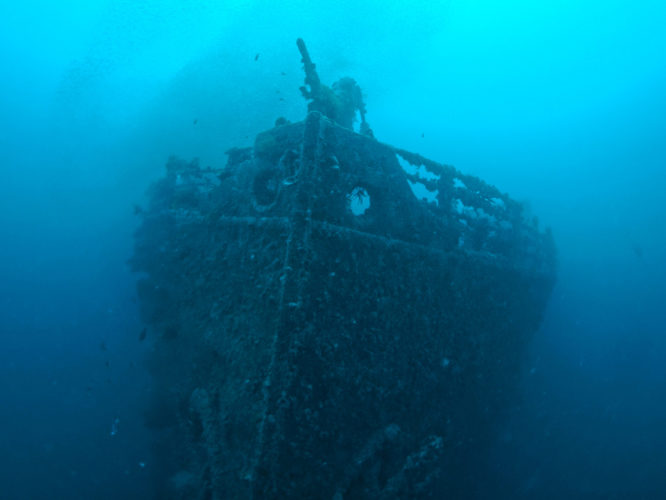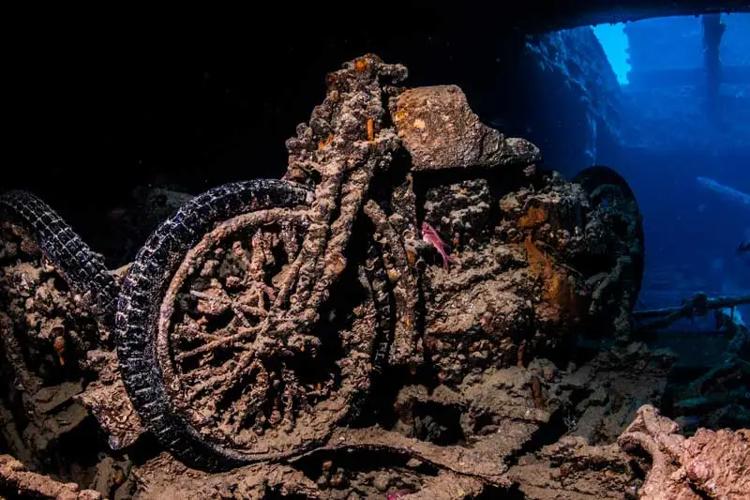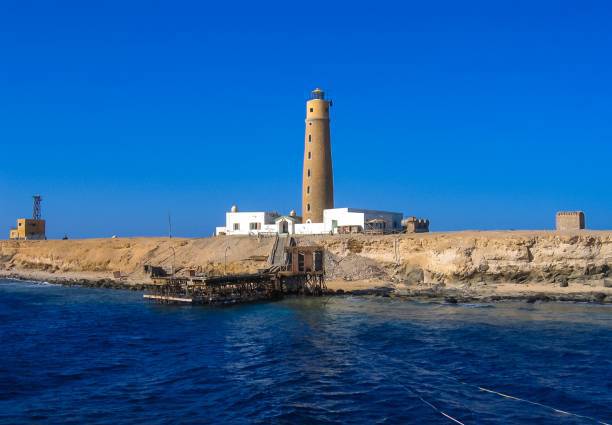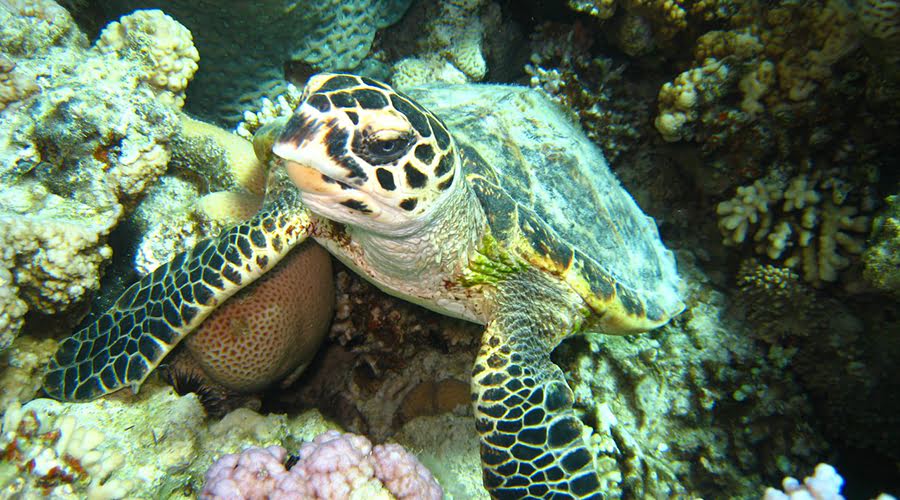
Wreck of Rosalie Moller
The Rosalie Moller ran in 1910 under the name "Francis" from the stack. She was sold in 1931, given the name "Rosalie Moller" by the new shipowner and was primarily used as a general cargo ship between Shanghai and Tsingtao until the beginning of the war, and then commuted as a coal freighter between Liverpool and all British war ports from Portsmouth to Gibraltar. In 1941 she received the transfer order for the Red Sea. As with the Thistlegorm, the shorter journey through the Mediterranean Sea, which was dominated by the German and Italian air forces, was rejected and the 12,000 nm long route around Africa was started, reaching the Straits of Gubal in early October 1941 and the Thistlegorm anchored worldwide. Two days after the sinking of the Thistlegorm, on October 8, 1941, the Luftwaffe carried out another air raid on the ships lying at anchor, during which the Rosalie Moller began to sink due to a bomb hit at 00:45 AM, only to rise from the sea surface an hour later disappear . The wreck lies upright at a depth of 50 m, almost due north, the upper deck begins at a depth of approx. 30 m.<br/>Due to the depth, the current that is usually present and the difficult navigation, the Rosalie Moller is rarely approached and is only for experienced divers!<br/>You can either dive on a regular single tank or with tech-diving equipment for a longer bottom time if you so desire. The Rosalie Moller is the Sister Ship of the World famous, and maybe the best wreck dive in the World, Thistlegorm Shipwreck. The hard and soft coral is covering the hull and makes great underwater pictures opportunities. In addition, this artificial reef attracts an interesting variety of marine life with Barracudas, Tunas, Jacks and Trevallies looking for their next meal. Reef Sharks can also sometimes be spotted. Inside the Rosalie Moller is full of Glass fish, Lion fish and Groupers.








